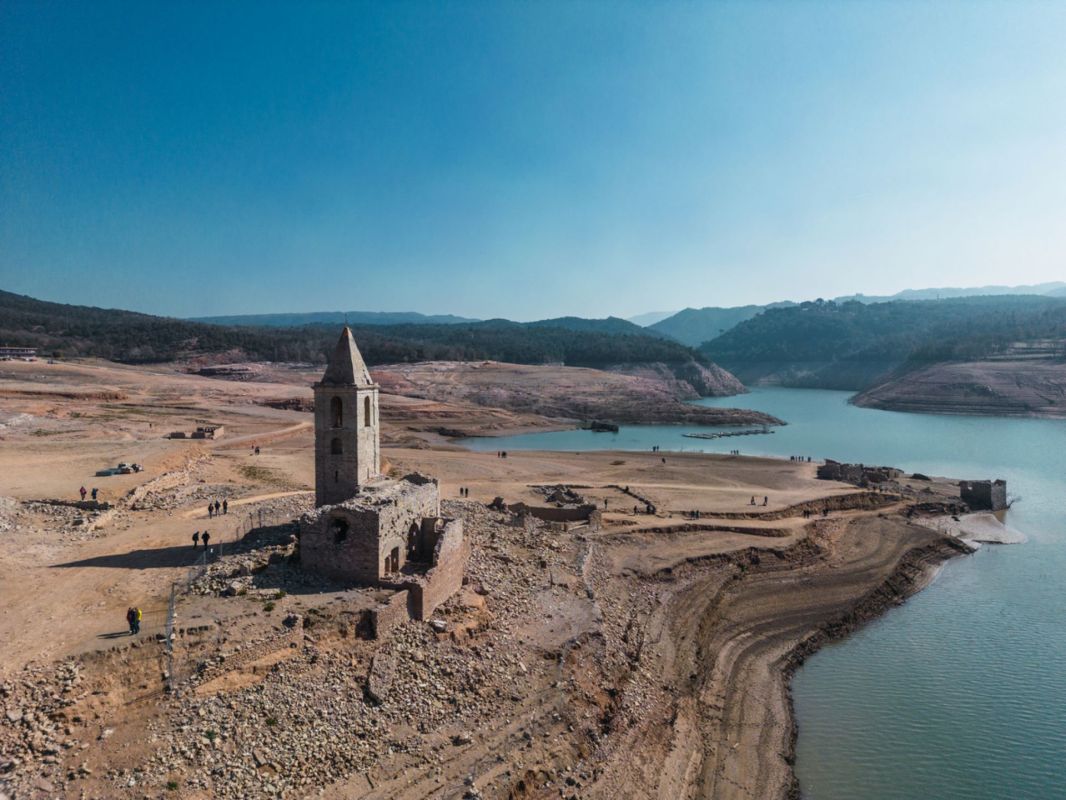Amid an "extreme drought" that Bloomberg reported was "wreaking havoc on daily life in Spain," locals in one region have turned to an irrigation system built more than 1,000 years ago to restore water to the area.
The seriousness of the drought in Spain became evident some time ago. Between October 2022 and mid-May 2023, Spain received 28% less rain than expected, according to NASA. Images taken of the area by NASA's Terra satellite from May 2022 and May 2023 show a stark contrast, with the region turning from green to brown in a year's time.
Spain experienced the driest first four months of a year in 2023 since recording such statistics began in the 1960s. The drought has caused reservoirs to run dry and forced water restrictions on residents. As of August, water for human consumption hadn't been limited yet, but it had for other uses, including agriculture.
Southern Spain has been hit particularly hard, and that's where the ancient irrigation systems come into play.
This network of water channels, known as acequias, was created between the 8th and 10th centuries by the Moors, according to Insider. The Moors ruled the area between 711 and 1492. The irrigation channels were built to carry runoff from snowmelt in the mountains, along with rainwater, to the farmlands below.
The channels run through 15,000 miles of Spain's mountainous regions. The problem is that not a lot of people know where they are or how to restore them. But historians and conservationists are working to remedy that.
Once restored, these ancient irrigation canals could replenish aquifers, supply much-needed water for crops, and fill fountains. They will also feed rivers and streams further down the mountains.
Restoring these irrigation canals could save Spain's leading agricultural region. Some farmers have already enjoyed the fruits of the restoration.
Antonio Jesús Rodríguez García, a farmer in the village of Pitres, knows the importance of getting the canals restored and the water flowing.
"It's a matter of life," García told The New York Times. "Without this water, the farmers can't grow anything, the village can't survive."
Join our free newsletter for weekly updates on the coolest innovations improving our lives and saving our planet.









